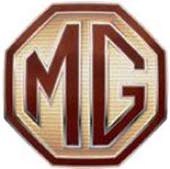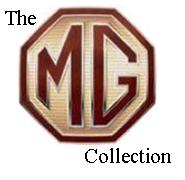Today the vast majority of the world’s saloon cars are driven by their front wheels from engines that are transversely located across the car, thus providing the maximum amount of space for the occupants. It has not always been so. For the first 80 or so years of the passenger car's history, most were pushed along by their rear wheels driven from front-mounted, in-line engines.
The vehicle that brought about the design revolution is Alec Issigonis’s Mini, introduced by the British Motor Corporation in 1959. Next step after the mini, code ADO15 was the ADO16 ("Amalgamated Drawing Office project #16"), generally known as the ‘1100’.
In 1962 the Morris Minor ‘A’ series engine was increased to 1098 cc (48 bhp) and became the power unit for the 1100 series cars, producing 55 bhp at 5,500 rpm, and having good acceleration, the engine could take the car to a top speed of around 88mph. The engine sat in a front sub frame that also carried an integral gearbox along the same lines as the Mini. Disc brakes were used at the front with drums at the rear.
Badge engineering saw the introduction of Austin, Morris, Wolseley and Riley versions of the ‘1100’, in two and four door forms. The MG 1100 was launched in 2-door form as this was felt to better fit MG’s sporty image.
The 1100 was quite revolutionary being referred to in the promotional literature as "the most advanced MG of all time!". Badge engineering is seldom popular and diehard MG enthusiasts were not convinced, but it appears they were in the minority.
Between 1962 and 1973 more than 3 million of the various 1100/1300 models were produced, MGs version proved to be amongst the most popular, in fact these MG saloons were the top selling cars in Britain for several years! The two door version also headed and attack on the small car market in the US, but promotional films contradicted each other showing the car as a club racer one day and the perfect shopping car the next. Sales were rather understandably slow! In the five years from 1962 to 1967 approximately 28,000 were sold, and the Volkswagen Beetle remained the dominant car in the market.
The 1100 also had to compete with it’s own family, in a rather silly game of sibling rivalry the all new MGB, a long awaited MGA replacement, was launched at much the same time, and clearly much more in the MG sports car vain.


1/32nd scale kit.
Built by Rod.
First released in 1964 Airfix' kit is a gem, with around 60 parts in 1/32nd scale it was highly detailed, especially for 1964. Re-released on several occassions, the last being in 1974, it would be one of the more welcome re-releases today but one suspects that the moulds may have been damaged as most of the other cars have been re-released a lot times over the years and again since Hornby's take over of Airfix.
Rod built this one not that long after the first release. As can be seen from the photos it is all brush painted with Humbrol enamels, perhaps the modelling equipment of the day was outstriped by the quality of the kit? Built more or less straight out of the box it has had some extra detail work done, in the form of the rolled down drivers window. Rod is gaining confidence in his abilities to enhance kits with ideas of his own.
RETURN TO :-
